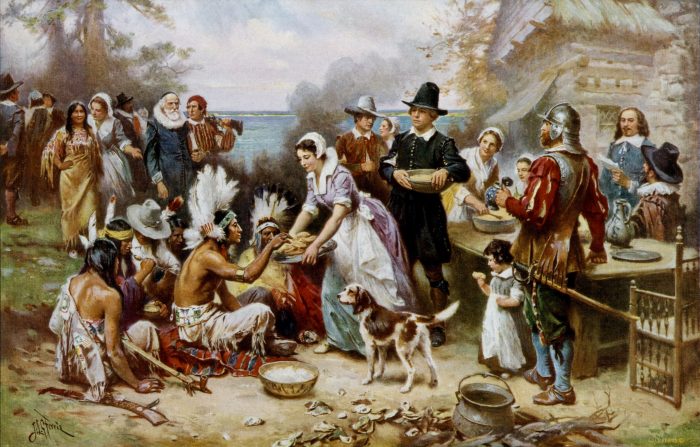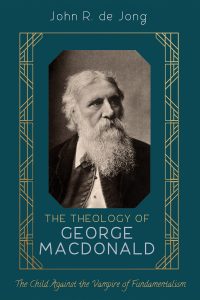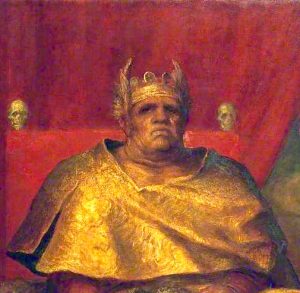An advent meditation on art
“Look, I am sending my messenger ahead of you,
and he will prepare your way.
He is a voice shouting in the wilderness,
‘Prepare the way for the Lord’s coming! (Mk. 1.2-3.)
Last Sunday we lit the second advent candle at our church, a symbol of the light of the coming Christ, and Saša spoke about John the Baptist—the voice crying in the wilderness, heralding the coming King.
I believe such a voice had not been heard in Israel for some 400 years; the prophets had been silent. For 400 years the faithful had waited for the fulfilment of the words of Micah and Isaiah which Mark quotes here. This really is good news! The narrative begins, ‘This is the Good News about Jesus the Messiah, the Son of God.’ The silence is broken.
Mark records that the first voice to cry our after this long tacit is that of The Baptist, fulfilling those predictions of Micah and Isaiah; a voice calling in the desert, crying out the need for repentance—for turning back towards God.
John, an ascetic in the Essene tradition, is a liminal character inhabiting two points of transition. He lives both on the edge of society, the place where inhabitation ends and desert begins, and he lives on the borders of the land of the spirit. He is a bridge, reminding us that all may not be as it seems.
On Sunday, our speaker, Saša Flek, mentioned that art is also a voice crying in the wilderness, and this got me thinking. We normally associate the word ‘prophecy’ with foretelling the future, but the word really means ‘to speak forth the mind’, and in the religious context this means speaking out the things of God — revealing God’s ways (past, present or future). It is easy, perhaps, to fall into the error that Paul warned us about in his letter to the Thessalonians (5:20) — that of despising prophecy. In my past experience of charismatic Christianity I have come across many who have claimed to be God’s mouthpiece. Unfortunately their proclamations were often more to do with the desire to manipulate, or to be visible, or, frankly, just human nonsense. I have become a little more wary of the ‘prophetic’ voice having experience those who are quick to speak in God’s name, but slow to live a godly life.
We must be careful, however, not to judge the priesthood by the priest, for here we have a true prophet. The Baptist was a man of integrity, turning his back on the comforts of the society he judged, speaking out against political evil, and longing that the Christ would have more visibility than himself. It was a message that involved not just words, but his whole being. It was a message that cost him his life. His was a life and a message not to be despised.
The artist is also necessarily a prophet, for to be an artist is also to be a revealer of hidden things. The creation of true art, like prophecy, demands vulnerability: it involves taking risk, not only in revealing deep personal convictions (always risky), but in questioning the status quo. The artist is also a liminal voice, crying on the edge of society, calling for new perspectives, asking us to consider change. It is perhaps this synonymy which has resulted in the recent paucity of art in the Christian world, for if Christianity is in itself a prophetic voice which challenges society, is it any wonder that there are those who would want to silence this voice? To make us mute?
As psychologist Iain McGilchrist has persuasively argued, this is perhaps one of the unfortunate consequences of the Reformation, that in their quest to quell the abuse of art, the Reformers destroyed art itself instead of focusing on the abuse. In their zeal they destroyed the very means to bring renewal — they silenced the prophetic voice. Whether or not you concur with this somewhat bleak analysis, the fact remains that modern post-Reformation, post-Enlightenment society, both within and without the church, is deeply suspicious of the artist for the artist is dangerous, cannot be controlled, and often challenges the way things are.
The highest calling of the artist is to be a prophetic voice. Like the Baptist, the present-day artist finds him- or herself in a desert: a world where music is controlled and recorded by computers, where visual imagery is untruthful, where The Word has been reduced to mere words, and where worship has become cliché. If this is you, this advent season, make a choice to speak the truth. But it must be said that, as an artist, as a believer, you only have the right to speak the truth if you are prepared, like the Baptist, to live truthfully.
Most of all, I pray that during this wonderful season of Advent the light of Jesus will shine on you and those you love.



